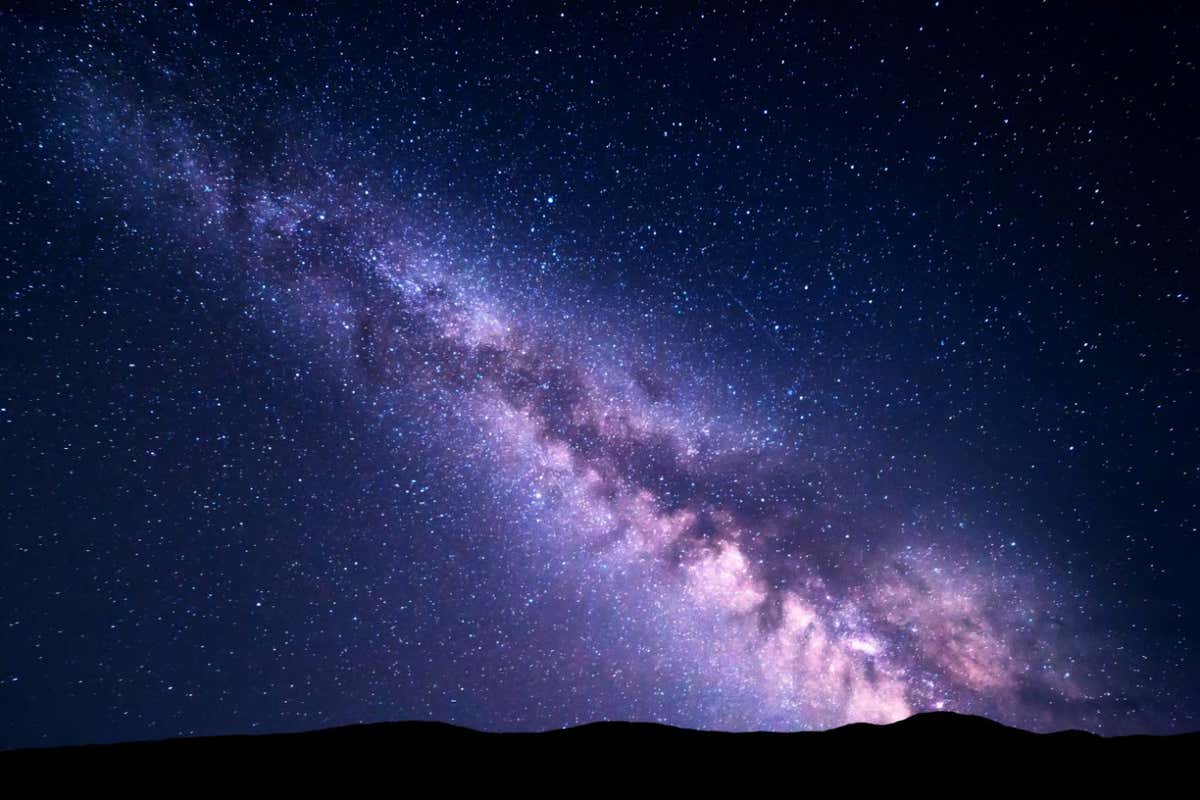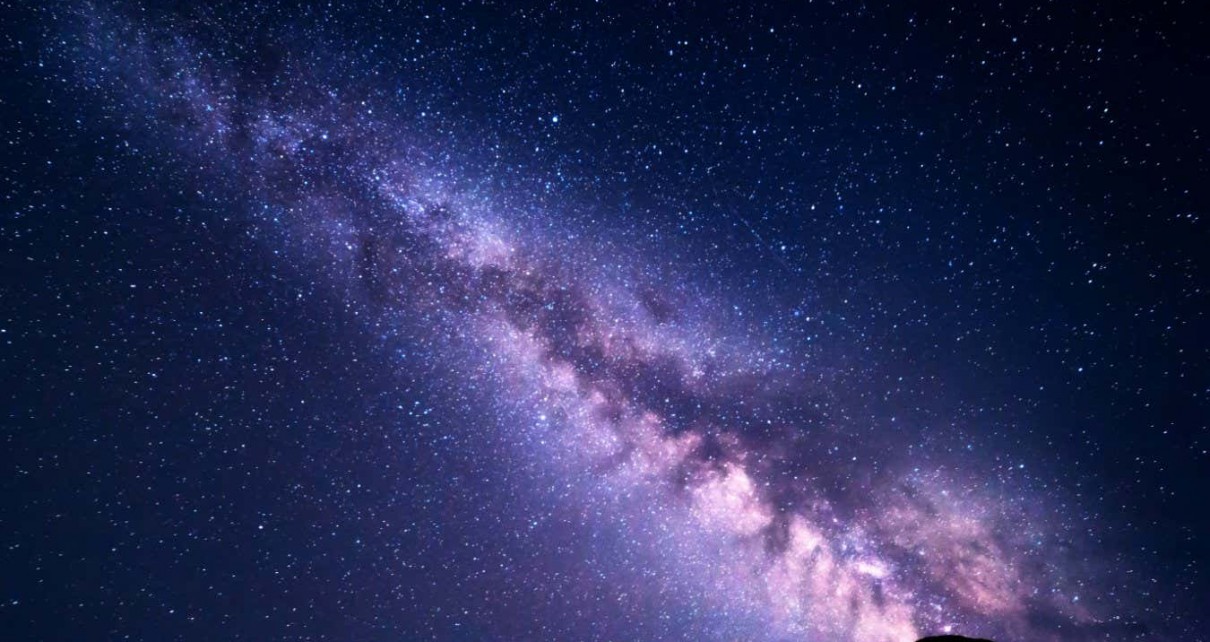[ad_1]

Neutrinos from within the Milky Way have been detected in Antarctica
Shutterstock / Denis Belitsky
After more than a decade of searching, the IceCube neutrino detector in Antarctica has finally found high-energy particles from within the Milky Way. This discovery opens a window into how cosmic rays shape the universe.
The disc of the Milky Way is incredibly bright in every wavelength of light – particularly in gamma rays, which tend to be accompanied by neutrinos. But any neutrinos from within our galaxy have historically been overwhelmed by stronger signals from other galaxies, so we haven’t been able to observe them.
“It took us 10 years to find the galactic plane in neutrinos,” says IceCube head Francis Halzen at the University of Wisconsin-Madison. “It’s totally counterintuitive. It’s like if you went outside at night and saw a sky bright in active, distant galaxies but no Milky Way.”
The researchers applied a new machine learning algorithm to the data IceCube gathered between 2011 and 2021. This allowed them to flag signals that had previously been discarded as noise, retaining more than 20 times as many as the methods previously used to select data for analysis.
They found a diffuse glow of high-energy neutrinos that seem to come from within our own galaxy, but the specific sources of these neutrinos remains elusive. Generally, neutrinos form when cosmic rays, which are high-energy particles travelling through space at nearly the speed of light, collide with other matter and create showers of fundamental particles and radiation.
But where exactly these cosmic rays come from, and how they get such high energies, has long been controversial. Many astrophysicists believe they come from enormous black holes violently devouring the material around them, but that can’t be the source for the cosmic rays that created the neutrinos IceCube just found. “We don’t have an active supermassive black hole in our galaxy – ours is dormant,” says Halzen.
The next step is to trace the high-energy neutrinos back to whatever produced the cosmic rays they came from. “Cosmic rays seem to dominate the high-energy structure of our galaxy – they clearly play an important role,” says Halzen. “Now we have this direct tool to identify sources that release cosmic rays, and we’re already at it.”
Topics:
[ad_2]
Source link




